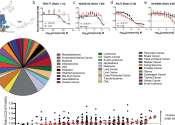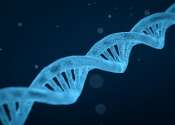Targeting specific protein regions offers a new treatment approach in medulloblastoma
Medulloblastoma (the most common malignant childhood brain tumor) is separated into four molecular groups, with Group 3 bearing the worst prognosis. By studying EP300 and CBP, critical proteins in Group 3 medulloblastoma ...
Apr 25, 2024
0
11









